Explore magical India on our 14-Day Golden Triangle (New Delhi, Agra, and Rajasthan) tour that includes trips to Khajuraho and Varanasi. India, it is often said, is not a country, but a continent. She mesmerizes her visitors with a sensory, intellectual, spiritual, and philosophical experience that is unmatched by any other place on earth, with an extremely rich history and civilization. From the hectic pace of Delhi with its bustling markets, magnificent monuments, and colonial past, travel to Agra and catch the mesmerizing beauty of the Taj Mahal, experience the opulence and splendor of Rajasthan’s palaces, majestic temples, and forts, and immerse yourself in the spirituality prominent in Varanasi. From the majestic Himalayas to the tropical forests of Western Ghats, India is the most diverse country in the world and never fails to enchant you.
For more information about Golden Triangle Rajasthan with Khajuraho Tour Contact Us
Important Note :
Your safety is of paramount importance to us at the Alpine Club of Himalaya. We have the absolute authority to cancel the trip or change the itinerary, when deemed necessary or when we have reason to believe your safety is at stake. Weather conditions, the health condition of a group member, natural disasters, and such, can contribute to changes in the itinerary when traveling in remote mountainous regions. In these extreme situations, we kindly request that you offer your full co-operation to the trusted leader of the group appointed by Alpine Club of Himalaya. However, we assure you that we will make every effort to keep to the above itinerary.

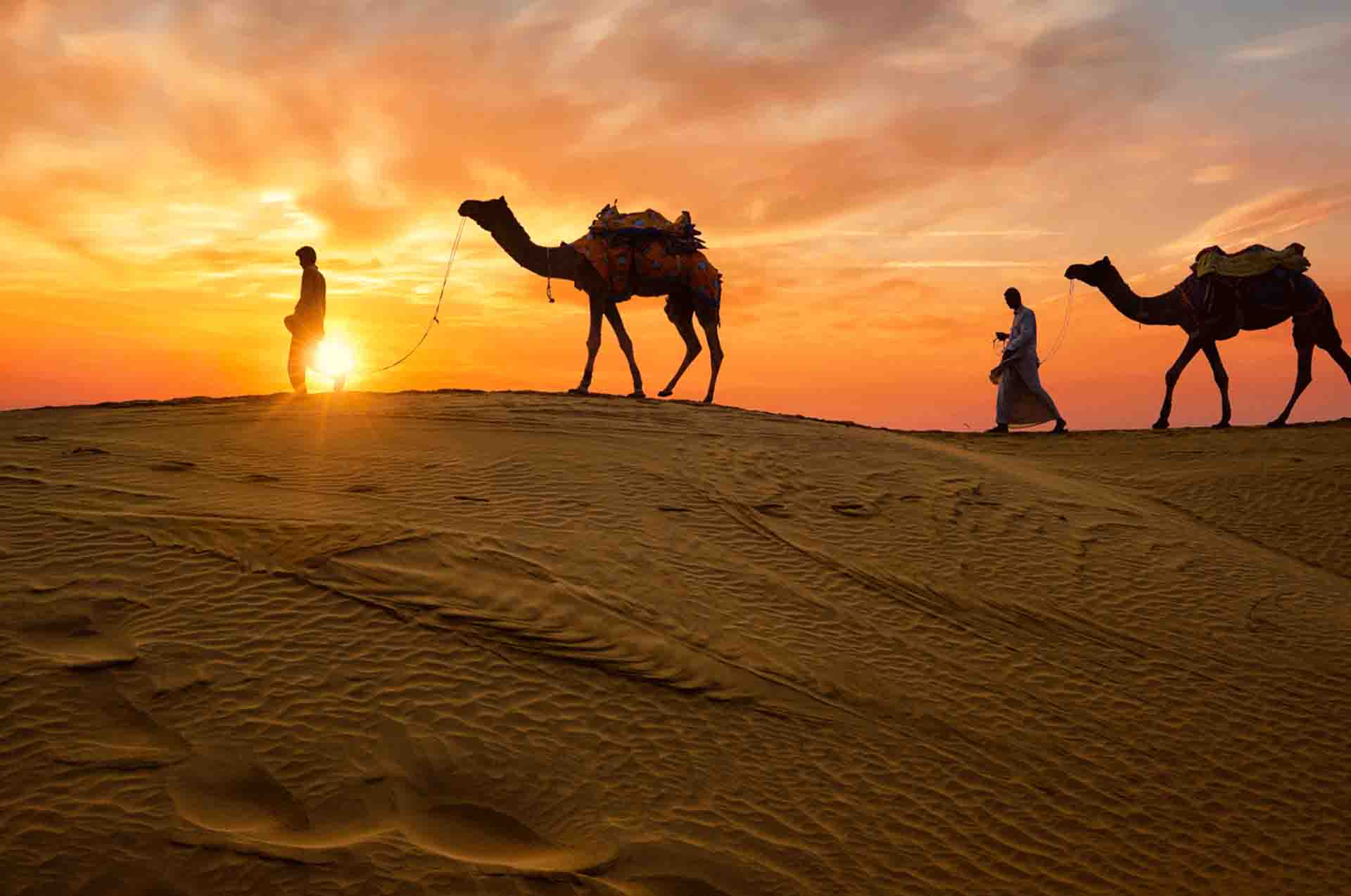
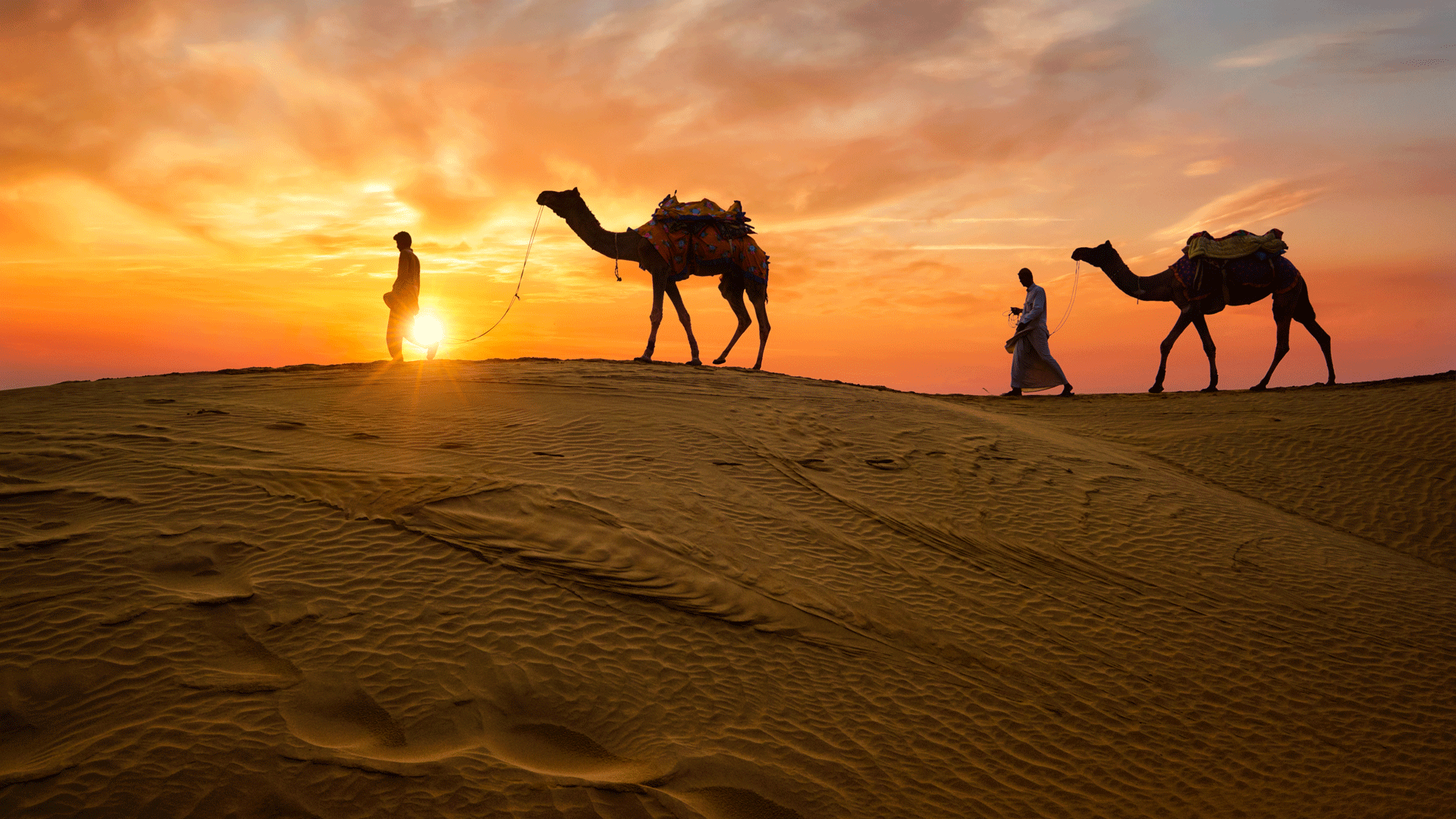
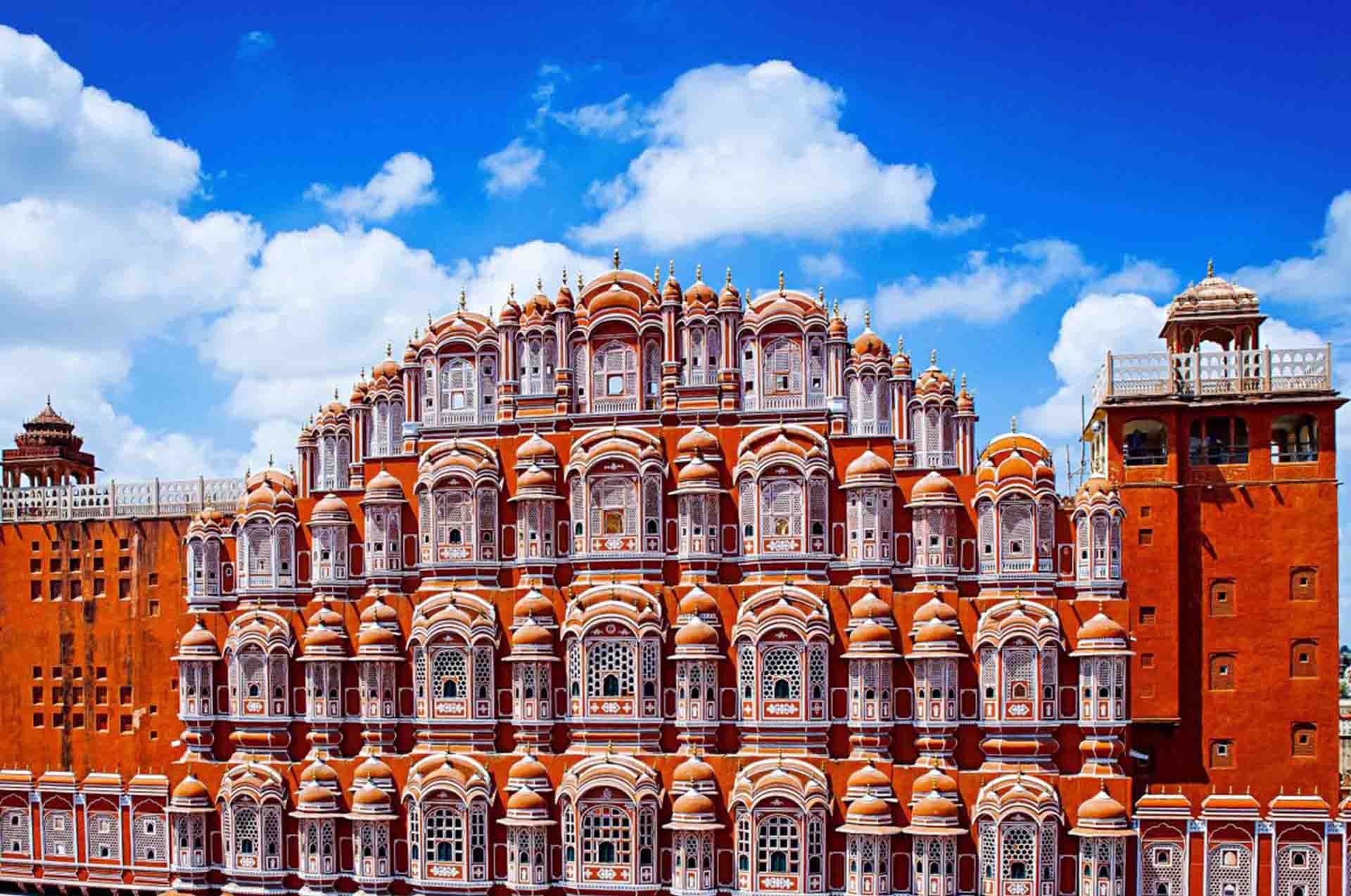
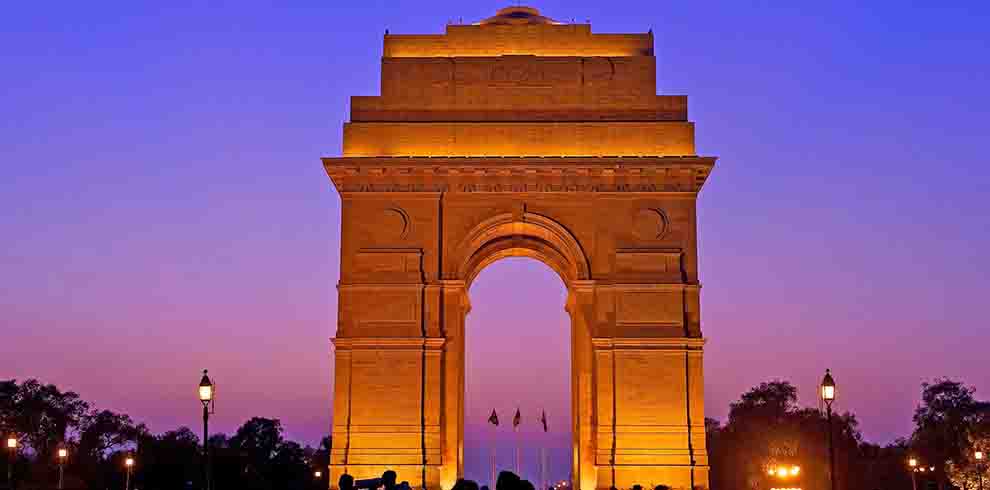







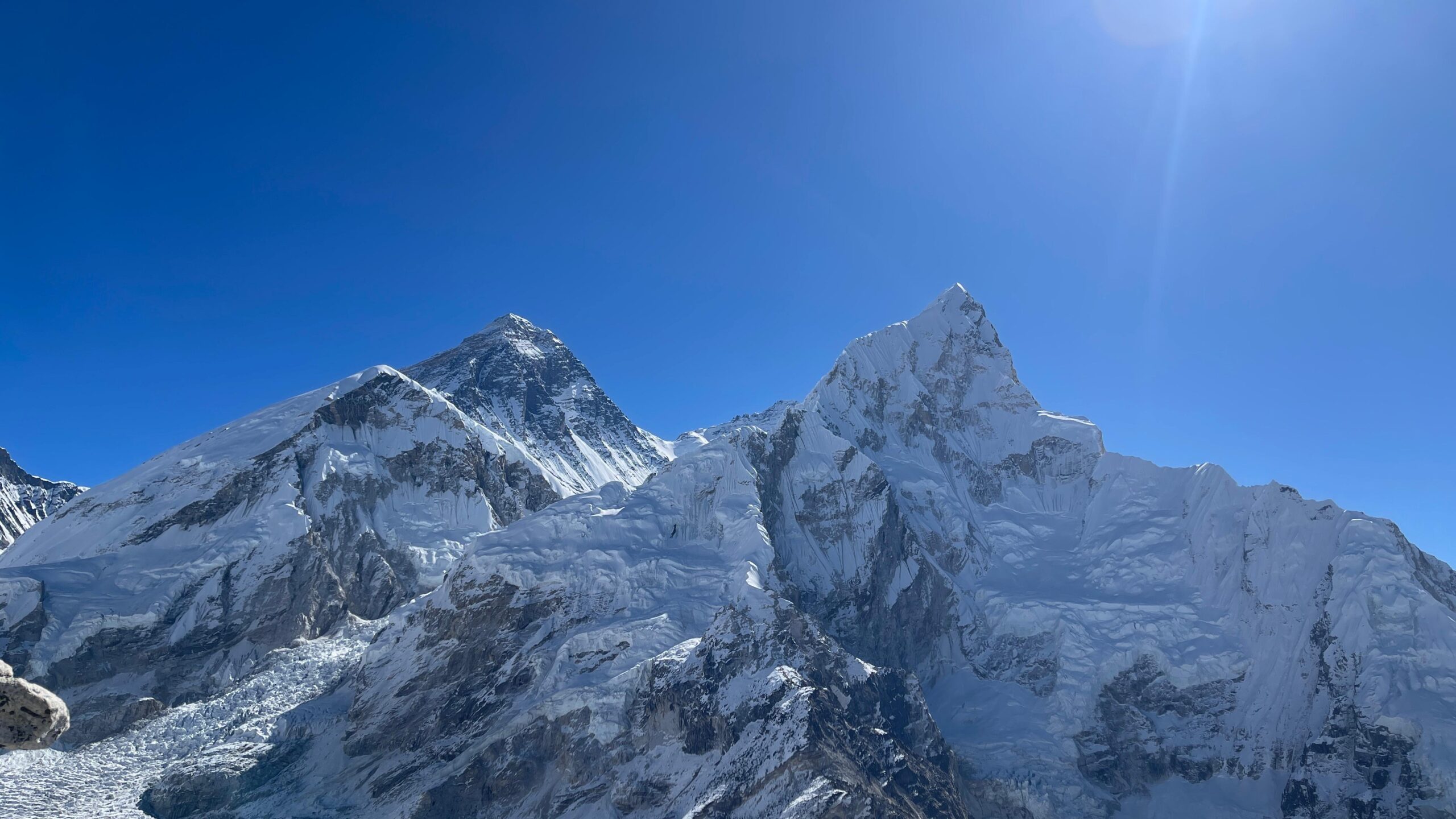
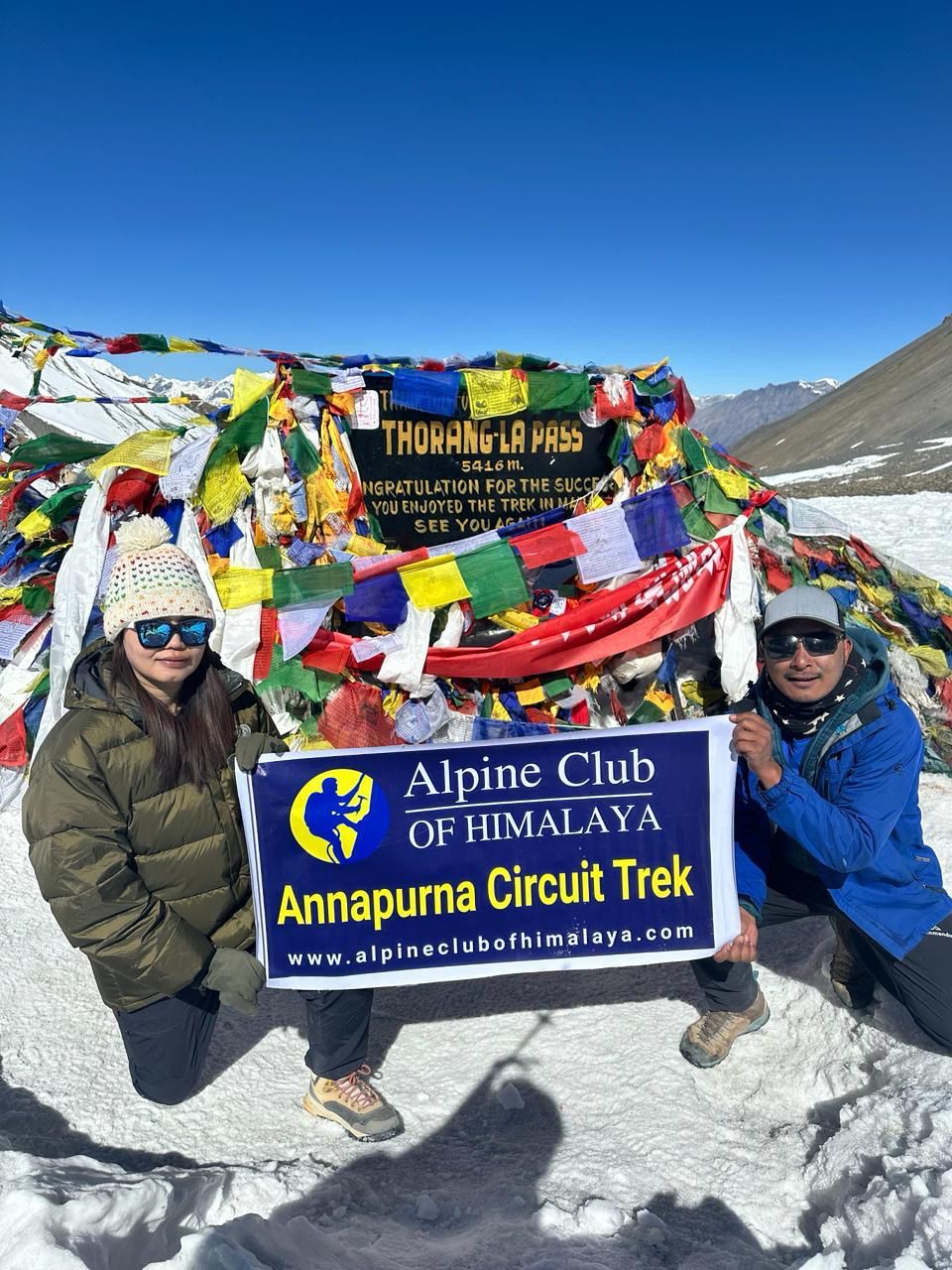

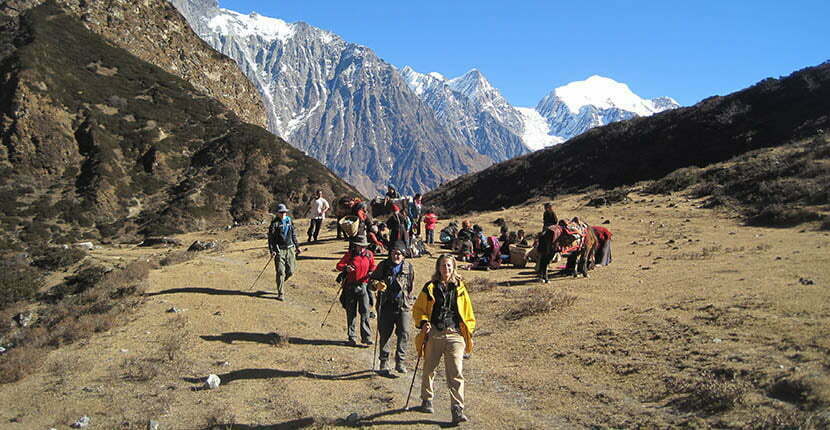


Write a Review